Loading.....
Top 7 Ways To Leverage AI in UX/UI Designing + Free Tool Recommendations
In the ever-evolving landscape of design, artificial intelligence (AI) has emerged as a powerful ally, transforming the way designers create and refine user experiences (UX/UI). Its impact in the design industry is undeniable, with a staggering 93% of web designers utilizing AI tools for design-related tasks, according to HubSpot's recent research. To harness the transformative power of AI in your UI/UX design process, it is crucial to explore a range of free AI tools that not only enhance your creative capabilities but also optimize your workflow.

Benefits Of AI In Designing
Before diving into its practical applications, let's take a moment to understand the benefits that AI brings to the table for UX/UI designers.
- Automation liberates designers from repetitive tasks like image resizing, file organization, and template creation.
- AI-driven tools empower designers with design recommendations, fostering creativity.
- Real-time feedback aids designers in more efficient and effective design iteration.
- AI analytics tools offer insights into user behavior and preferences, enabling the creation of superior interfaces.
Free AI Tools For UI/UX Design
Now we know the benefits of using AI for UI / UX designing, let’s explore a selection of free AI tools, including ChatGPT, that can help you create stunning designs while optimizing your workflow.
1. Canva: The All-in-One Design Platform
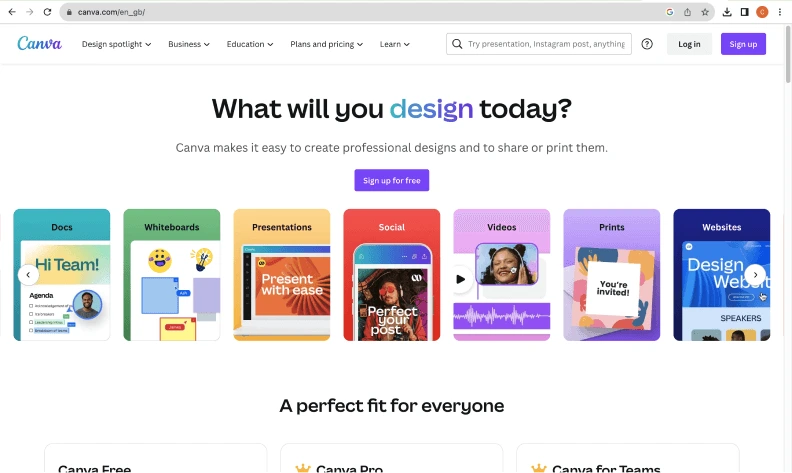
Canva is a user-friendly, cloud-based design platform that has taken the design world by storm. It offers a wide range of design templates for social media posts, presentations, posters, and more. Canva's AI-driven features, such as the Magic Resize tool, automatically adjust your designs to fit various formats, saving you valuable time. Its extensive library of stock photos, icons, and fonts further simplifies the design process. Whether you're a beginner or a design pro, Canva is a must-have tool in your arsenal.
2. ChatGPT: AI-Enhanced Content Creation and Ideas
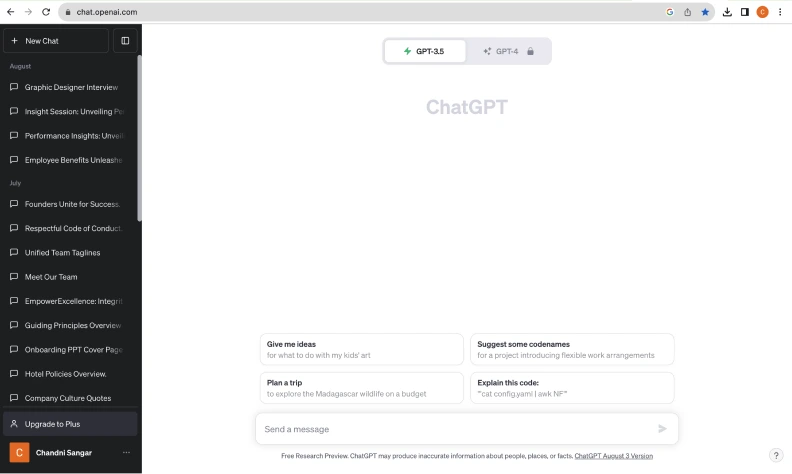
ChatGPT is an AI-powered language model that can assist you with content creation, brainstorming, and generating ideas for UI/UX design. Whether you need help crafting compelling copy for your designs, brainstorming slogans, or generating creative concepts, ChatGPT is here to assist you with your UI design. Simply describe your needs, and ChatGPT will provide you with tailored suggestions and content that can enhance your design projects.
3. Designify: AI-Generated Design Ideas
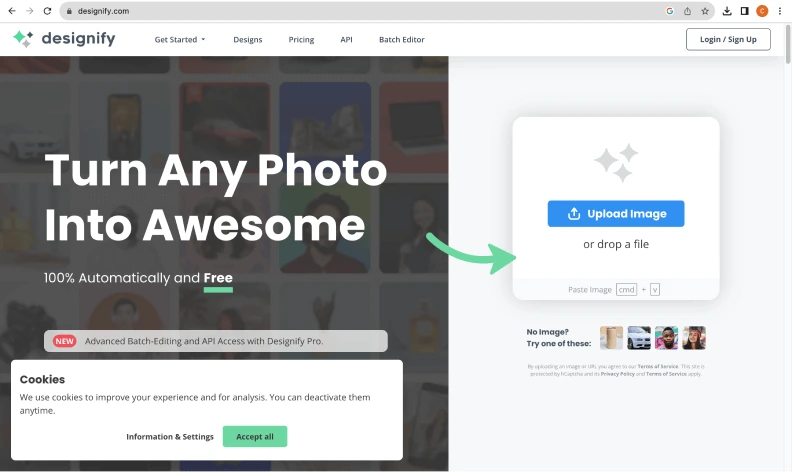
Designify helps you generate design ideas and concepts. Simply describe your project, and Designify will provide you with a variety of design suggestions. This can be incredibly helpful when you're stuck in a creative rut or need inspiration for your next project. It's like having a virtual design assistant at your fingertips.
4. Snappa: Quick and Easy Graphic Design
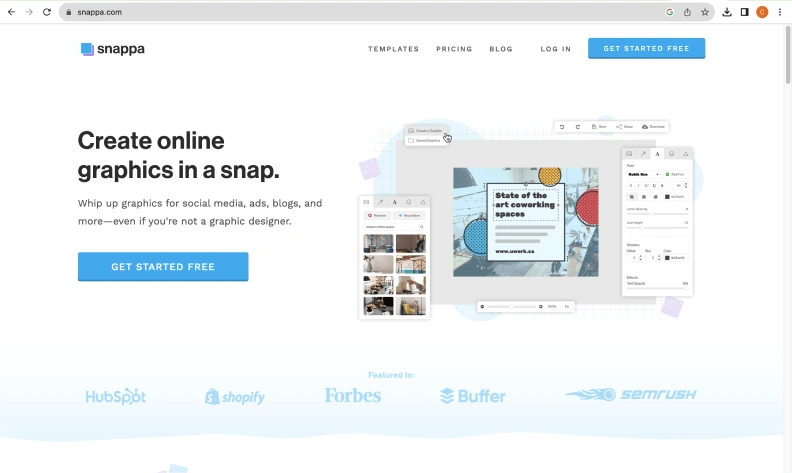
Snappa is another fantastic AI-powered graphic design tool that caters to users of all skill levels. With its intuitive interface and pre-made templates, you can create eye-catching graphics for social media, blog posts, and more in a matter of minutes. Snappa's AI-driven text suggestions and image effects make it a versatile choice for design enthusiasts.
5. Deep Dream Generator: Dreamlike Art with AI
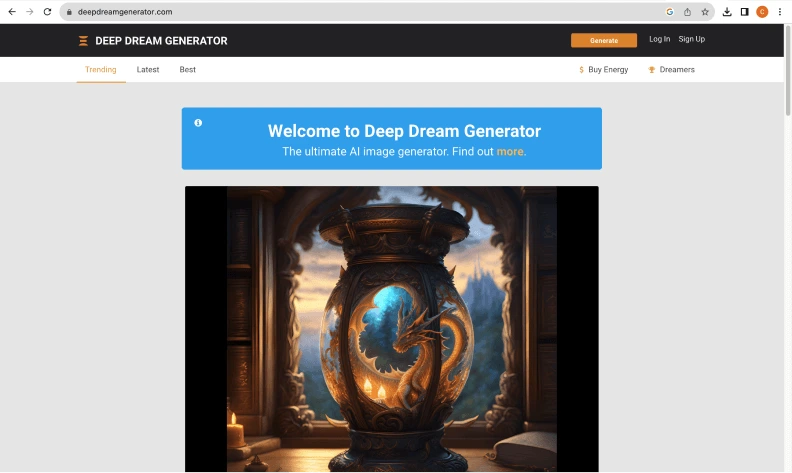
If you're looking to create surreal and dreamlike art, Deep Dream Generator is the tool for you. This AI-based platform uses neural networks to transform your photos into psychedelic artworks. It's a fun way to experiment with AI-generated art and can add a unique touch to your design projects.
6. Color Hunt: AI-Generated Color Palettes
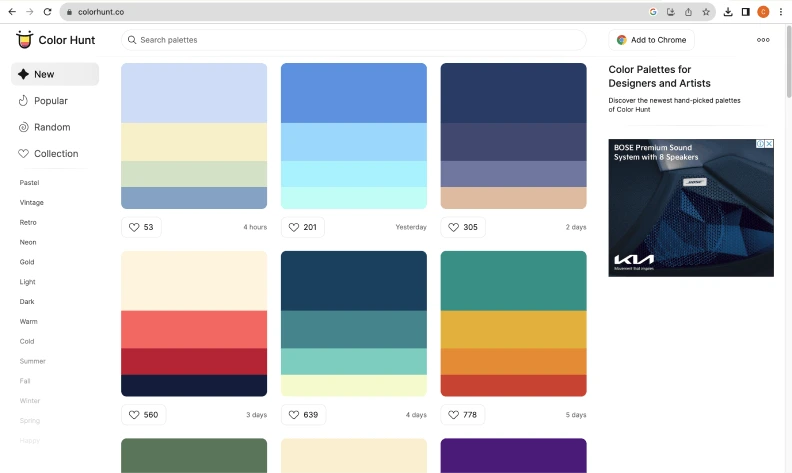
Choosing the right color palette is crucial for effective design. Color Hunt is an AI-powered platform that generates beautiful color palettes to inspire your designs. Whether you're designing a website, logo, or marketing materials, Color Hunt can help you find the perfect colors that resonate with your audience.
7. Lumen5: AI-Powered Video Creation
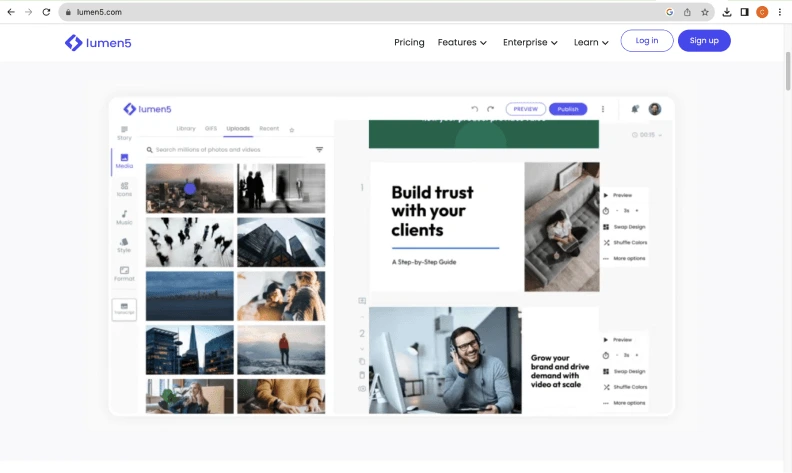
Video content is increasingly popular, and Lumen5 helps you tap into this trend with ease. This AI-driven video creation tool transforms text content into engaging video presentations. You can repurpose blog posts and articles into visually appealing videos for your social media channels or website, all in a matter of minutes.
Top 7 Ways to Use AI for UI/UX Designing
1. Enhanced User Engagement
One of the primary benefits of AI in UX/UI design is its ability to enhance user engagement. AI-driven algorithms can analyze user behavior and preferences, allowing designers to create interfaces that resonate with users. By tailoring content and design elements to individual users, AI helps in keeping users engaged and interested in the product.
For instance, AI can analyze a user's interaction with a website and suggest personalized recommendations or content that aligns with their interests. This not only keeps users on the platform for longer but also increases the likelihood of conversion and retention.
2. Improved User Experience
AI-powered chatbots and virtual assistants are revolutionizing customer support and user experience. These intelligent systems can provide real-time assistance, answer user queries, and guide them through the interface. This not only reduces the workload on customer support teams but also ensures a seamless user experience.
3. Personalization At Scale
Personalization has become a buzzword in UX/UI design, and AI makes it possible to achieve personalization at scale. By analyzing user data, AI algorithms can create user profiles and tailor the interface to each individual's preferences. This includes recommending products, showing relevant content, and adjusting the interface layout based on user behavior.
E-commerce platforms like Amazon and streaming services like Netflix have mastered the art of personalization using AI. They analyze user behavior, purchase history, and viewing habits to curate a personalized experience for each user, leading to increased user satisfaction and higher conversion rates.
4. Data-Driven Design Decisions
AI provides designers with valuable insights by analyzing vast amounts of user data. This data-driven approach enables designers to make informed design decisions. For example, heatmaps generated by AI can highlight the areas of a webpage where users are most engaged or frustrated. Designers can then use this information to optimize the layout and user flow.
Moreover, A/B testing, powered by AI, allows designers to experiment with different design variations and measure their impact on user engagement and conversion rates. This iterative approach helps refine the UI/UX continuously, ensuring that it aligns with user preferences and behavior.
5. Faster Prototyping And Testing
Traditional UX/UI design processes involve multiple rounds of prototyping and testing, which can be time-consuming. AI streamlines this process by automating certain aspects. Design tools equipped with AI can generate design suggestions, layouts, and even code based on user requirements and feedback.
Additionally, AI can simulate user interactions with prototypes, providing valuable insights into how users will interact with the final product. This accelerates the design and development process, reducing time-to-market and saving resources.
6. Accessibility And Inclusivity
AI-driven accessibility features are making digital products more inclusive. Text-to-speech and speech-to-text capabilities, powered by AI, assist users with disabilities, making digital content accessible to a wider audience.
AI can analyze content for potential biases, ensuring that the design and content are inclusive and respectful of all users. This not only enhances the brand's reputation but also ensures compliance with accessibility standards.
7. Content Generation
AI-powered content generation tools can assist in creating user-friendly content for websites and applications. These tools can generate natural language descriptions, product descriptions, and even chatbot responses, saving time and ensuring consistent quality.
Ready to elevate your customer experience through seamless UX?
Conclusion
Incorporating AI into your UX UI design process can be a game-changer. Its ability to facilitate user research, provide personalized recommendations, offer real-time feedback, and assist with various design-related tasks makes it an invaluable tool for designers. By harnessing the power of technology, you can enhance your design projects, streamline your workflow, and ultimately create user-centric and visually appealing experiences that resonate with your target audience.
 Back to blog
Back to blog












